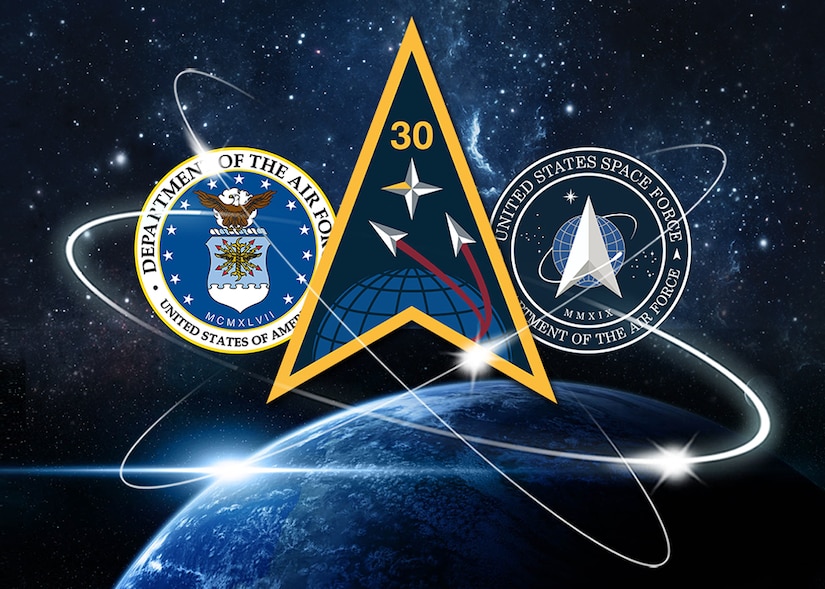Explanation of the different "Groups" for Starlink by Alejandro Alcantarilla Romera (NSF and SpaceX Facebook)
Starlink satellites were initially launched under the name of "Starlink v1.0-Number" and these indicated that the satellites launched were Starlink v1.0 satellites and the mission number (which was not the mission order). This worked well for those because they were only launched into one particular kind of orbit which is at 550km altitude and 53 degrees orbital inclination. That was sort of the initial phase of the first generation constellation of Starlink. But this first generation constellation had at least three more "shells" or kinds of orbits. So when they stopped launching Starlink v1.0 satellites and moved onto Starlink v1.5 satellites, which were gonna be launching to those other three shells, they changed the nomenclature to call the missions Starlink Group X-Y where the X indicates the sort of "group" of missions and the Y indicates the mission number within that group (which, again, doesn't mean it's the mission order). So for the first generation constellation you have Starlink v1.0 satellites, Starlink Group 2 missions, Starlink Group 3 missions, and Starlink Group 4 missions. Group 2 was a set of satellites launched into a highly inclination orbit of 70 degrees and at 570km in altitude, Group 3 was to polar orbit at around 97.6 degrees inclination and 560km in altitude, and Group 4 was some sort of "copy" of the first set of missions with the satellites being sent to 540km in altitude and a 53.2 degree inclination orbit - this was merely to increase capacity for middle lattitudes.
Then came Starlink's second generation constellation, often shortened to Gen 2. This Gen 2 constellation started being deployed using Starlink v1.5 satellites under the Group 5 missions. These put satellites into a 43 degree inclination orbit at 530km altitude. But soon after, SpaceX started launching Starlink v2 Mini satellites which are a downsized version of the kind of Starlink satellites that we'll see on Starship, the full Starlink v2 satellite. These were also launched into that same 43 degree inclination orbit at 530km altitude but, since they were different satellites, they named those missions "Group 6" to differentiate them. SpaceX has approval to launch these satellites not only to 43 degree inclination orbits but also 33 and 53, this is when other groups now come into play. Most recently, SpaceX has started launching the set of Group 7 missions which are putting satellites into the 53 degree inclination orbits and at 525km in altitude. These are right now occurring mostly from Vandenberg but I'd expect there to be some good share between west and east coast soon. And, well, if seven groups was not enough for you there's an eighth coming up in the next few weeks and months that we're not sure yet what difference might introduce but it could be dedicated to that other orbital inclination that they're approved for Starlink Gen 2.
All in all the missions look like this:
Green are all the missions already performed, blue are the upcoming ones that are confirmed to occur from those places. Where it doesn't have a color that's just that we know they may happen because there's regulatory stuff like FCC permits and such in place for those missions but obviously they could also opt not to do those missions - that's what the grey is for: missions we know they had plans to perform but eventually opted not to launch. Right now only new missions are being added to the two rightmost columns.




